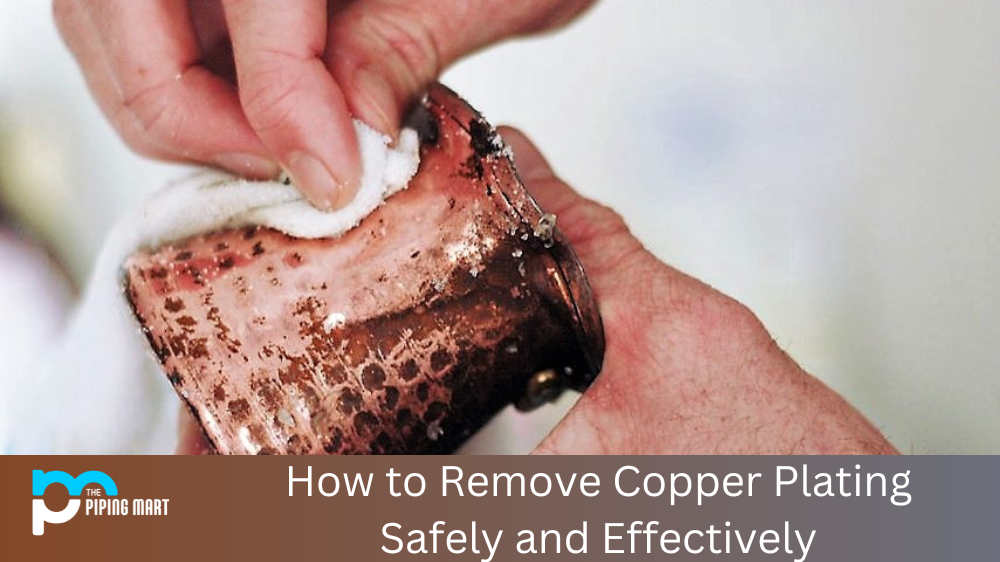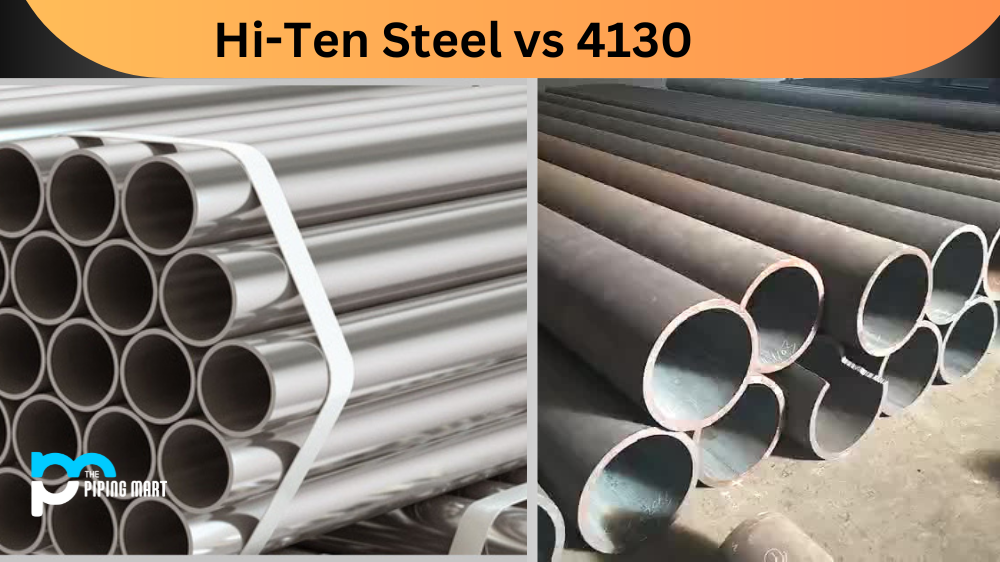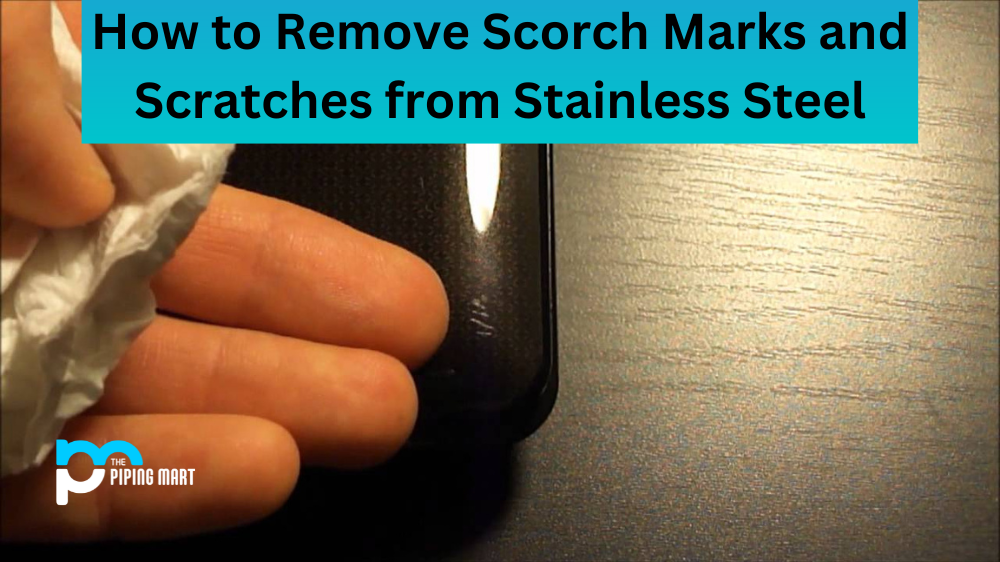Copper plating is a popular process for many metalworking projects, but it can be difficult to remove when the job is finished. Copper plating can be removed with solid chemical solutions, but these are not always safe and can damage the underlying surface. Fortunately, several methods can safely and effectively remove copper plating from any surface. Here’s how to get started.
Using a Chemical Stripper
One of the most popular methods for removing copper plating is to use a chemical stripper. Chemical strippers are chemicals designed to dissolve the bonds between the copper and the base material. These strippers are usually applied as a paste or sprayed onto the surface and allowed to sit until they have had time to work through the bond between the two materials. Once this process has been completed, you can scrape any remaining residue using an abrasive tool such as sandpaper or steel wool.
Using Heat Treatment
Heat treatment is another effective way of removing copper plating without causing damage to the underlying material. Heat treatment works by heating both metals until they reach a temperature at which points one or both begin to soften or melt away from each other, allowing them to be scraped off easily with an abrasive tool like sandpaper or steel wool. This method does require specialized equipment, making it less accessible than some of its alternatives, but it’s often preferable for delicate applications where a chemical stripper could cause damage.
Using Electrolysis
For particularly stubborn cases of copper plating, electrolysis may be necessary. Electrolysis works by running an electrical current through two electrodes in contact with one another within an electrolyte solution containing ions of either metal (copper or steel). This causes one metal (usually copper) to oxidize while simultaneously reducing the other (steel), separating them from each other without causing any damage on either side. It’s important to note, though, that this process requires specialized knowledge and equipment, so it’s best used only in extreme cases where no other options will suffice to remove your copper plating.
Conclusion:
Removing copper plating doesn’t have to be difficult if you go about it correctly; make sure that whatever method you choose won’t cause any harm to whatever material lies beneath! You can use chemical strippers, heat treatments, and even electrolysis if necessary – make sure you know exactly what you’re doing before attempting any more drastic measures! No matter what method you choose, with enough patience and effort, you should be able to get your desired results in no time!




